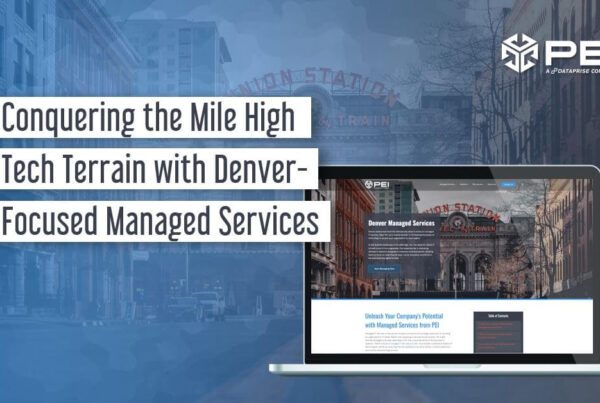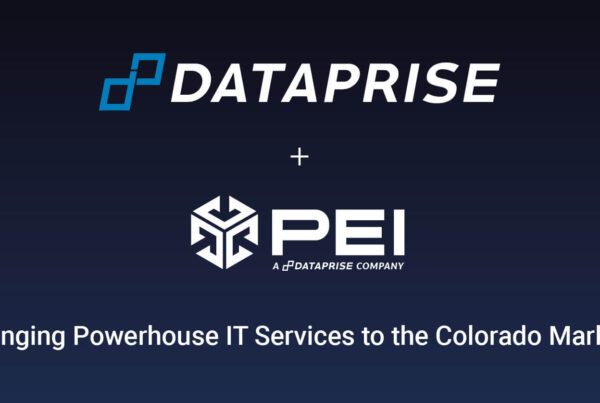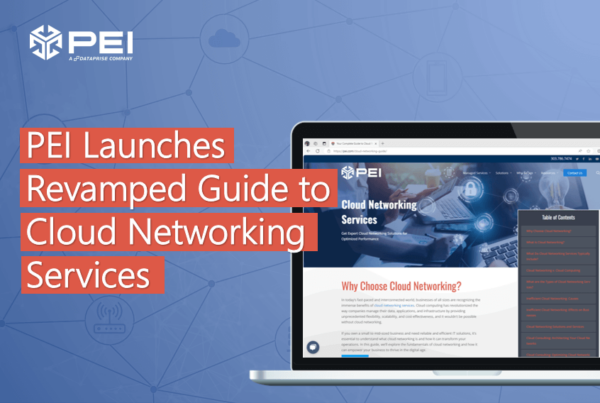Cloud Computing: Clear Skies Ahead?
We live in an era of sound bites. “Cloud computing” seems to be the latest technology buzz word and with most buzz words, there’s usually a certain amount of confusion as to what the term really means. What is Cloud Computing and are there any benefits for your business?
Cloud computing is defined by TechTarget.com as “a general term for anything that involves delivering hosted services over the Internet.” A cloud can be private or public. A public cloud sells services to anyone on the Internet. A private cloud is a proprietary network or a data center that supplies hosted services to a limited number of people. When a service provider uses public cloud resources to create their private cloud, the result is called a virtual private cloud. Private or public, the goal of cloud computing is to provide easy, scalable access to computing resources and IT services. How does Cloud Computing differ from traditional hosting? Cloud Computing is sold on demand, typically by the minute or even by the hour, depending on the user’s needs. The service is fully managed by the provider, meaning the consumer needs nothing but a personal computer and Internet access. Cloud Computing’s spectrum can broadly divided into three categories:
- Infrastructure-as-a-Service (IaaS): Infrastructure-as-a-Service provides virtual server instances with unique IP addresses and blocks of storage on demand. Customers use the provider’s application program interface (API) to start, stop, access and configure their virtual servers and storage. Cloud computing allows a company to pay for only as much capacity that is needed. This pay-for-what-you-use model resembles the way electricity, fuel and water are consumed; it’s also referred to as utility computing.
- Platform-as-a-Service (PaaS): Platform-as-a-service in the cloud is defined as a set of software and product development tools hosted on the provider’s infrastructure. Developers create applications on the provider’s platform over the Internet. PaaS providers may use APIs, website portals or gateway software installed on the customer’s computer. Developers need to know that currently, there are not standards for interoperability or data portability in the cloud. Some providers will not allow software created by their customers to be moved off the provider’s platform.
- Software-as-a-Service (SaaS): In the software-as-a-service cloud model, the vendor supplies the hardware infrastructure, the software product and interacts with the user through a front-end portal. SaaS is a very broad market. Services can be anything from Web-based email to inventory control and database processing. Because the service provider hosts both the application and the data, the end user is free to use the service from anywhere.
But why does Cloud Computing seem to be everywhere in the news and is it of value to your organization? Again, according to TechTarget.com: “Significant innovations in virtualization and distributed computing, as well as improved access to high-speed Internet and a weak economy, have accelerated interest in cloud computing.” From the standpoint of your business, Cloud computing becomes clearer when presented as a solution to common IT always needs: a way to increase capacity or add capabilities quickly without investing in new infrastructure, training new personnel, or licensing new software. Cloud computing, when combined with your existing IT Infrastructure and Design, can extend your existing capabilities.




